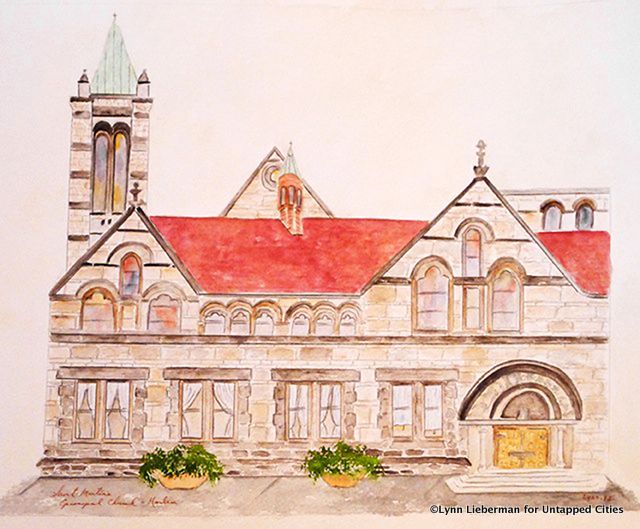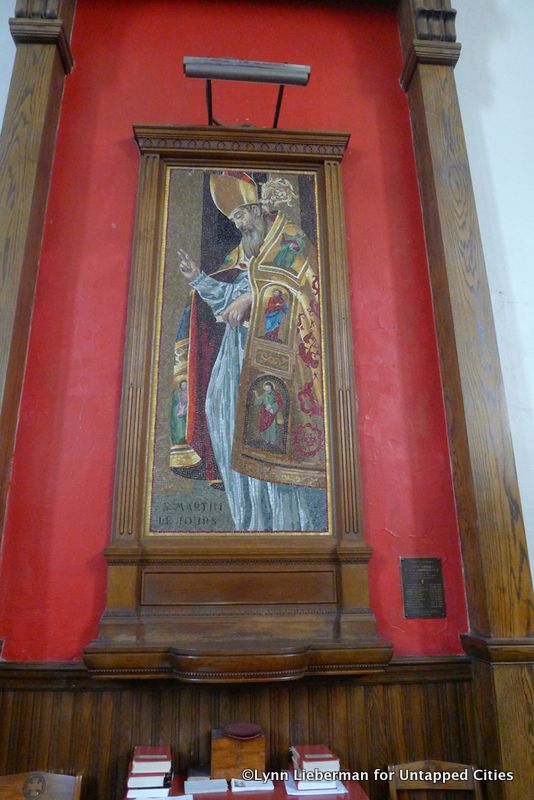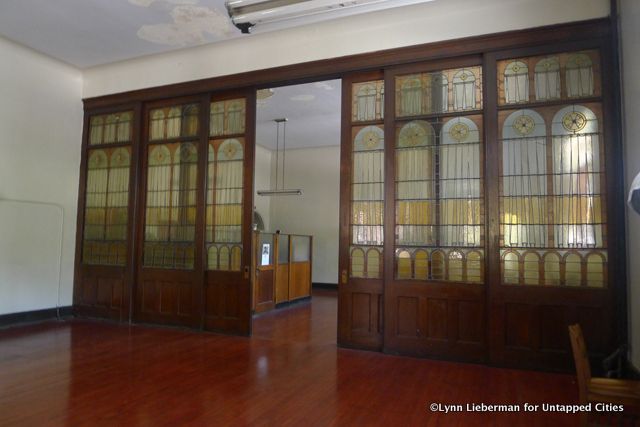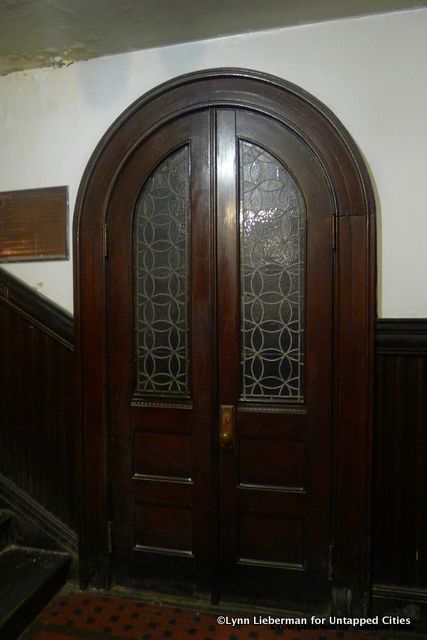Last-Minute NYC Holiday Gift Guide 🎁
We’ve created a holiday gift guide with presents for the intrepid New Yorker that should arrive just in time—



St. Martin’s Episcopal Church in Harlem on the corner of Lenox Avenue and 122nd Street, which has survived two fires
Those in need of an inspiring story on grassroots preservation need only look to a landmarked church in Harlem. Though severely damaged in two fires (the latest in 1939, which left only the stone walls), the congregation of St. Martin’s Episcopal Church banded together to completely rebuild the church. Then, a single donation of $100 from one parishioner ignited such incredible enthusiasm that within two years time the congregation raised enough money to proceed with the carillon–42 bronze cup-shaped bells to be housed in the bell tower.
Today, its membership has dwindled considerably since the 1940s. Maintaining the church and carillon has been an ongoing struggle, but the congregation is hopeful. They’ve launched a new fundraising campaign called “Raising The Roof,” but without a website or social media presence, this historical landmark may not get the city-wide attention it needs.
In a 1966 report, the Landmarks Preservation Commission contended that this late 19th century church is “undoubtedly the handsomest example of the Romanesque Revival architectural style in all of Manhattan.” In their findings, they describe St. Martin’s as having “a special character, special historical and aesthetic interest and value as part of the development, heritage and cultural characteristics of New York City,” making particular note of the bells.
The Royal Bell Casting Foundry in the Netherlands was commissioned to build the carillon, which was installed in 1949. The carillon, considered the second largest in the world after Riverside Church, was visited by Queen Juliana of the Netherlands in 1952 and by Queen Elizabeth for the dedication in 1954.

Mosaic of St. Martin. One of the many colorful mosaics gracing the walls of the church
Reverend David Johnson describes the carillon as a “cultural gold mine, like a painting” but St. Martin’s riches go far beyond the carillon and include numerous religious mosaics, stained glass and leaded glass windows and doors–a favorite for weddings in what has become a multi-cultural neighborhood.

Several of the rooms are separated by leaded glass doors
Upstairs is The Little Theatre currently occupied by their artists-in-residence, Forces of Nature Dance Theatre whose mission is to train young people in the arts and discipline of dance. This includes children from local schools including The Harlem Children’s Zone, a non-profit organization enhancing the quality of life for children and their families living in Harlem.

One of the many arched doorways between smaller rooms at St. Martin’s ChurchYou can follow AFineLyne on Twitter or on Facebook at Harlem Sketches or Greenwich Village Sketches. Don’t yet have your Harlem map? Head over to the Untapped Shop.
Subscribe to our newsletter